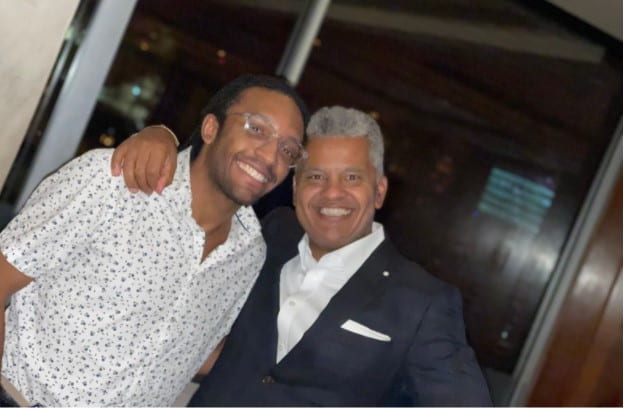
In December of 2014, 100 UCSF medical students held a demonstration to raise awareness and spur action on racial disparities in healthcare, police violence, and structural racism. The protest came in the wake of decisions by grand juries to not indict police officers responsible for the deaths of Michael Brown and Eric Garner. The UCSF event was the first White Coats for Black Lives Die-In. Medical students wore their white coats and layed on the ground in protest on the UCSF campus.
The UCSF demonstration inspired similar protests at more than 80 colleges and universities nationwide and became the #WhiteCoats4BlackLives movement. 74 White Coats for Black Lives (WC4BL) chapters are now active in health sciences academic institutions across the country with the following mission:
To dismantle racism and accompanying systems of oppression in health, while simultaneously cultivating means for collective liberation that center the needs, priorities, and self-determination of Black people and other people of color, particularly those most marginalized in our communities.
The Social Justice Interest Group at GW SMHS submitted responses to the 2019 WC4BL Racial Justice Report Card. The report card included fourteen metrics that evaluate institutions’ curriculum and climate, student and faculty diversity, policing, racial integration of clinical care sites, treatment of workers, and research protocols. One of the metrics where GWSMHS fell short concerned acknowledgement of contributions of BIPOC alumni and faculty. Portraits in Himmelfarb Library and imagery in Ross Hall were cited as problematic. Since then some portraits have been removed from Himmelfarb Library and a Ross Hall Images working group was formed to improve representation in the lobby area and other public spaces. GW overall scored a B- on the report card.
In the summer of 2020 the official GW WC4BL chapter formed. Among several marches, rallies, and stand-ins throughout the season, the local WC4BL chapters organized a gathering of hundreds of health care providers in support of the Black Lives Matter protests in Washington, DC and marched in the vicinity of the White House on June 6, 2020.
That year the GW chapter assembled a document outlining their demands to improve racial equity, diversity, and inclusion at the school. These included a commitment to admitting incoming classes with an over-representation of Black, Latinx and Native American students to begin correcting current shortages, an increase in the number of BIPOC faculty and staff, and specific changes to the MD curriculum, among them not teaching race itself as a disease risk factor.
The GW WC4BL chapter now focuses on three areas: admissions, curriculum, and outreach to the community. Progress is being made on all fronts through work with SMHS leadership, the Office of Diversity and Inclusion, and other activist groups on campus.

The cost of GW has been a barrier to diversity in admissions. The group is meeting with administrative bodies at GW to find out more about what is being done to admit and matriculate more underrepresented minorities (URM) in medicine and determine how more scholarships can be made available specifically for these groups of students. Additionally, the group is working to make sure that antiracism work is asked about and considered appropriately in the admissions process including in secondary applications and the interview stage.
To improve the curriculum, there are now surveys for students to evaluate and report on how they feel race is used or misused in both lectures and in clinical settings. This information is shared with faculty and administration to raise awareness and identify ways to eliminate bias. Representatives from WC4BL have met with POM and PPS directors to better integrate social determinants of health into the curriculum, including at the basic sciences level.
On the outreach front, WC4BL organized students to provide screening services regarding the precedents to kidney disease (namely hypertension and diabetes) at health fairs in the DC area, particularly in Wards 7 and 8, in cooperation with the GWU Ron & Joy Paul Kidney Center. The goal is to raise awareness of these predisposing conditions, refer community members to follow-up services, and also instill and restore trust in health professionals in those predominantly Black and Brown communities.
Current contacts for the GW WC4BL chapter are E-board members Tori Greaves, Nakita Mortimer, Kegan Dasher, and Comi Ganji. There are also elected liaisons representing each of the MD classes who contribute significantly to the functioning of the group. You can reach the organization through the GW WC4BL email and their Facebook page. They are always open to information about new opportunities that the organization could become involved with as well as constructive suggestions about ways to create a more antiracist culture at GW.
Please join the GW WC4BL Facebook group for updates and events!
Himmelfarb Library would like to acknowledge and thank Kegan Dasher and the GW WC4BL board for their contributions to this article.


